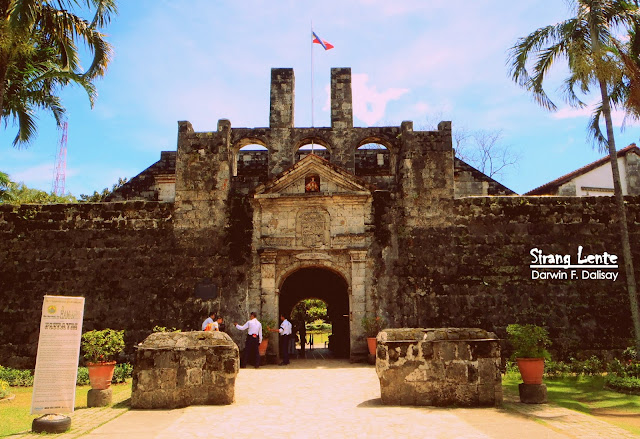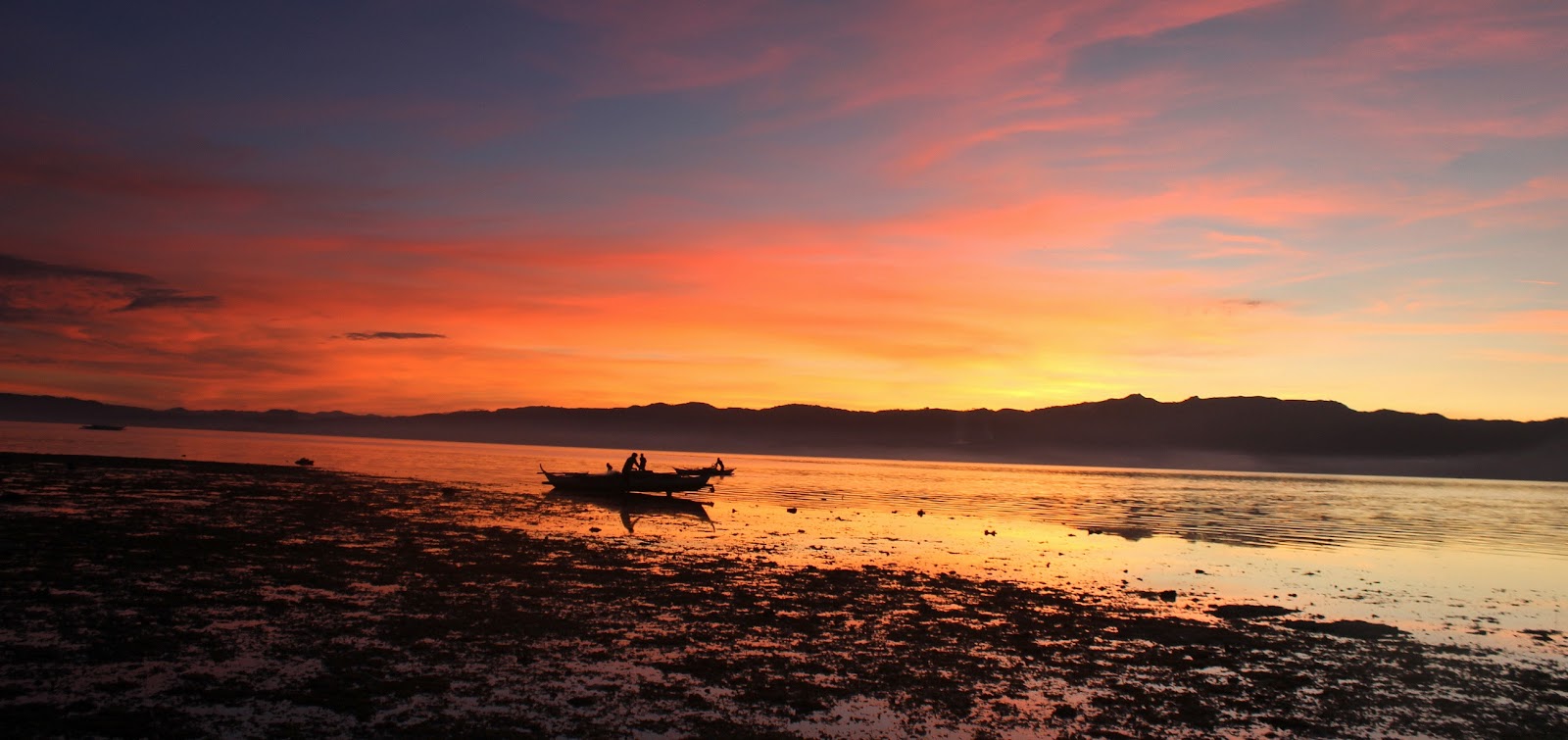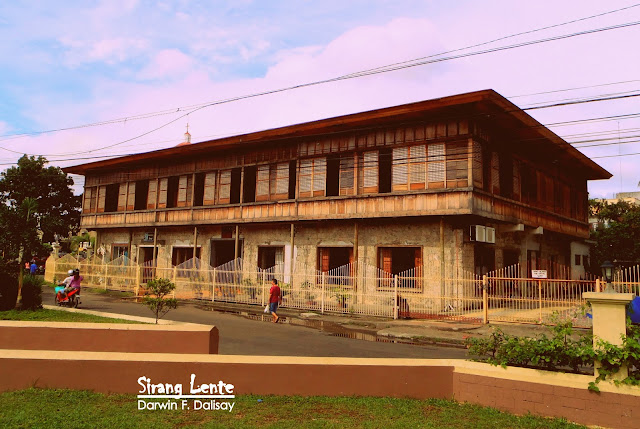The Sound of Las Piñas Bamboo Organ
Fort San Pedro

The Fort San Pedro or Fuerza de San Pedro situated inside the Plaza Independencia, Cebu City. It is is a military defense structure built by the Spaniards and the locals of Cebu under the command of Miguel Lopez de Legazpi, a Spanish conquistador. The date of its construction wasn't sure but there are claims that Jesuit Antonio Campioni built the fort in 1630. Like the other century old churches in the Philippines, there are a lot of major renovations in the 19th century for the structural improvements of Cebu.
Casa Gorordo Museum
The Casa Gorordo Museum, also a house, shows how a prominent family lived during their generations. From the floor, artistic walls, windows, rooftop, toilets, etc. - all parts are really gorgeous. At the main entrance of this house, its historical background was written and here's what it says: "This house was built in the mid-19th century by Alejandro Reynes y Rosales and was bought by Juan Isidro de Gorordo, a Spanish merchant, in 1863. Four generations of the family lived in this house, including the first Filipino Bishop of Cebu, 1910-1932.
Yap-Sandiego Ancestral House

The Yap-Sandiego Ancestral House was originally owned by Chinese merchant, Don Juan Yap and Doña Maria Florido. It is one of the oldest residential house in the Philippines. It was built between 1675-1700 and was made from Coral stones, used egg whites as glue and "Tigas" or clay for the roof. The wooden pats of the house were made of "balayong" and "tugas" or molave which is the hardest woods in the country.
Rajah Humabon, a brave leader of Cebu
Rajah Humabon, also known as Sri Hamabar, was a leader of Zubu (now Cebu) and was regarded as the wisest and bravest man on the island. While backpacking in the city, I found a monument near the Cathedral Museum stating that he was the first Filipino chieftain to embrace Christianity. When Ferdinand Magellan landed in Cebu on Sunday, April 7, 1521, he made a blood compact with the Portuguese-born Spanish explorer as a symbol of their newfound friendship. Captivated by its noble teachings, on Sunday Morning, April 14, 1521, he and his wife, Humamai, and about 800 locals were baptized. This monument is just a few meters away from Cebu Cathedral.
Zamboanga Sibugay Tourist Spots
My first destination in Region 9 was Zamboanga Sibugay, 3.5 hours by land from Zamboanga City. Ipil, its capital, is the usual stopover for buses heading to the cities of Dipolog, Pagadian, and even Cagayan de Oro City. Like other municipalities, it's a center with big business establishments and busy streets. However, as a busy area, it hides something unique and is an Instagram-worthy tourist spot and attraction.
ZamBaSulTa, Zamboanga Provinces and Misamis Occidental

ZamBaSulta is an acronym given to Zamboanga City, Basilan, Sulu and Tawi-Tawi - the normal route, however, I made a twist and created ZamTaSuBa. Let me make it more extreme, my solo backpacking includes Region 9: Zamboanga Sibugay, Zamboanga del Norte, Zamboanga del Sur and Misamis Occidental part of Region 10. Details below is my actual itinerary for 9 days that covers 7 Provinces and the independent City of Zamboanga.
Negros Museum

This museum is almost in front of the Negros Provincial Capitol in Bacolod City. It serves as the provincial museum of Negros Occidental, which was opened on March 16, 1996, at the Provincial Capitol Building. In May 2003, it was transferred to its current location, which is the former Agricultural Building. The Agricultural Extension Building was built in 1941 and was renovated in 1991.
San Jose Church, Iloilo






